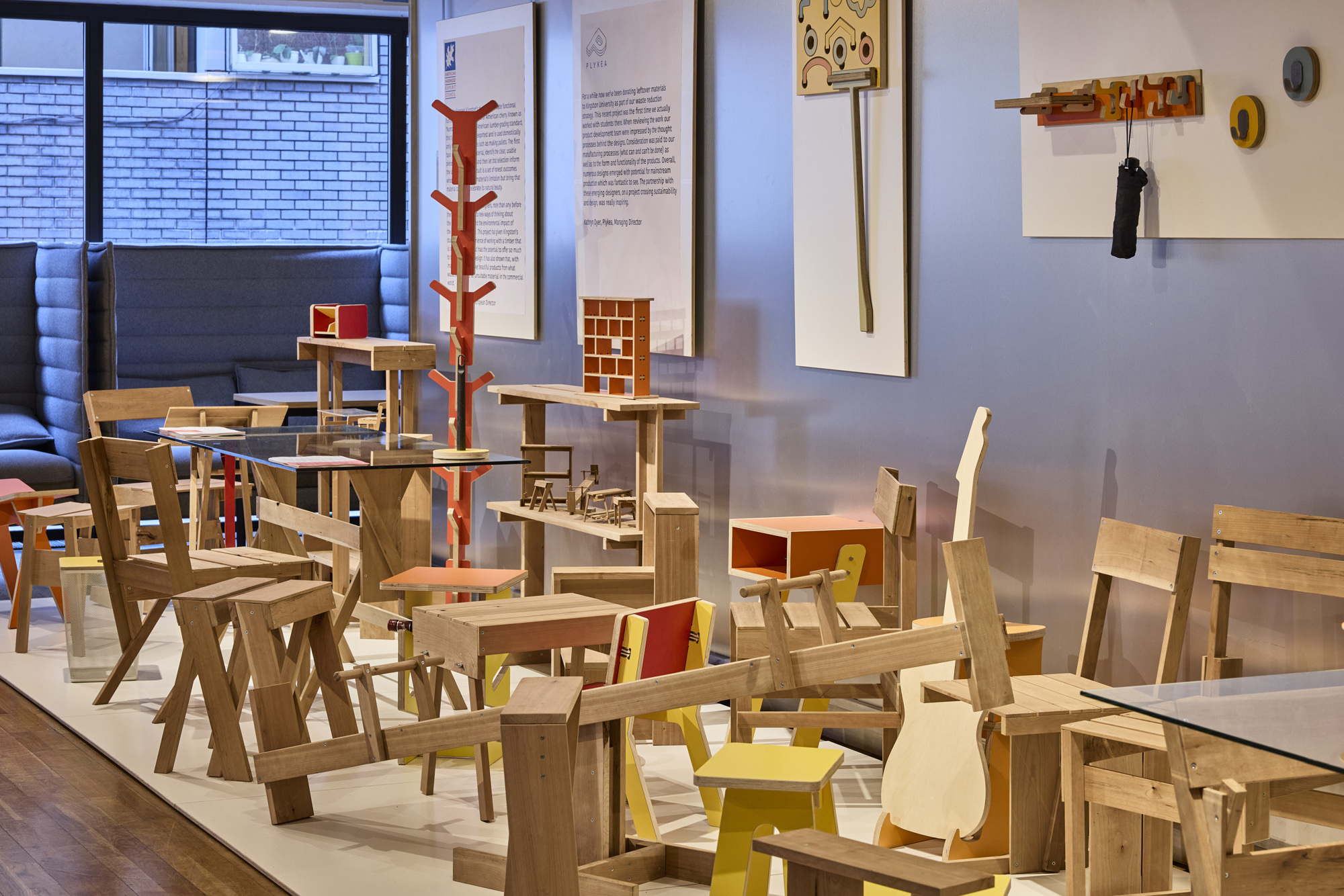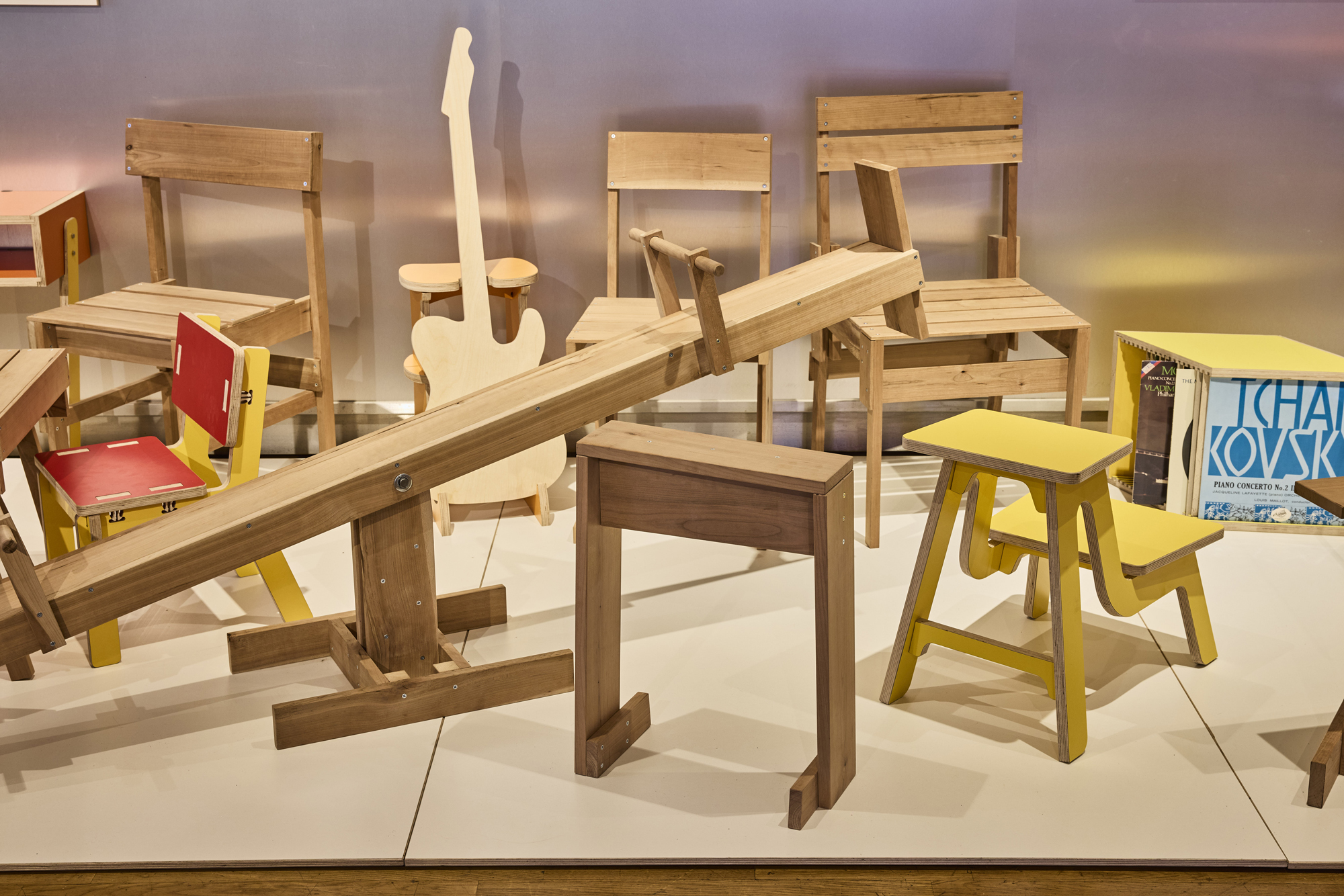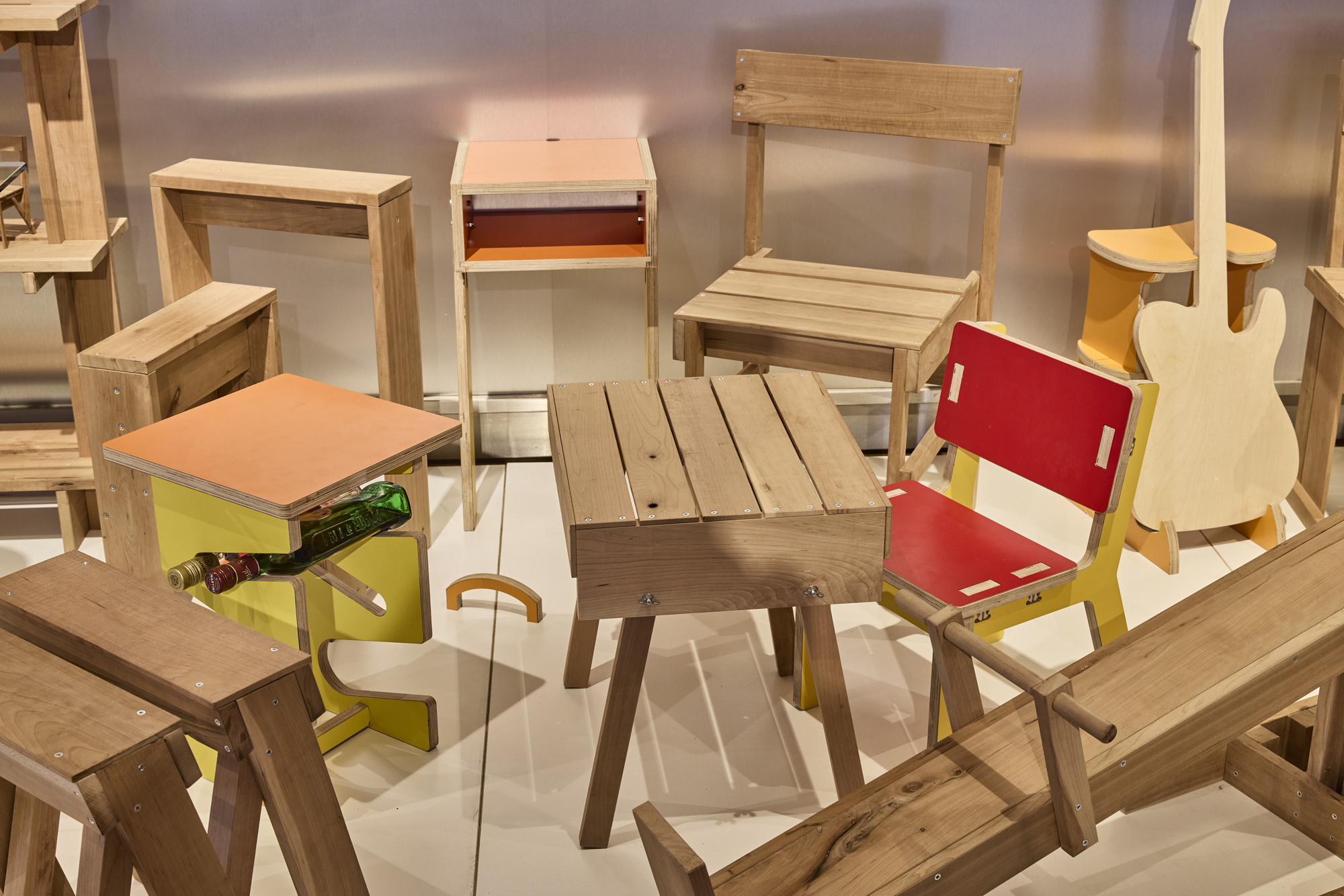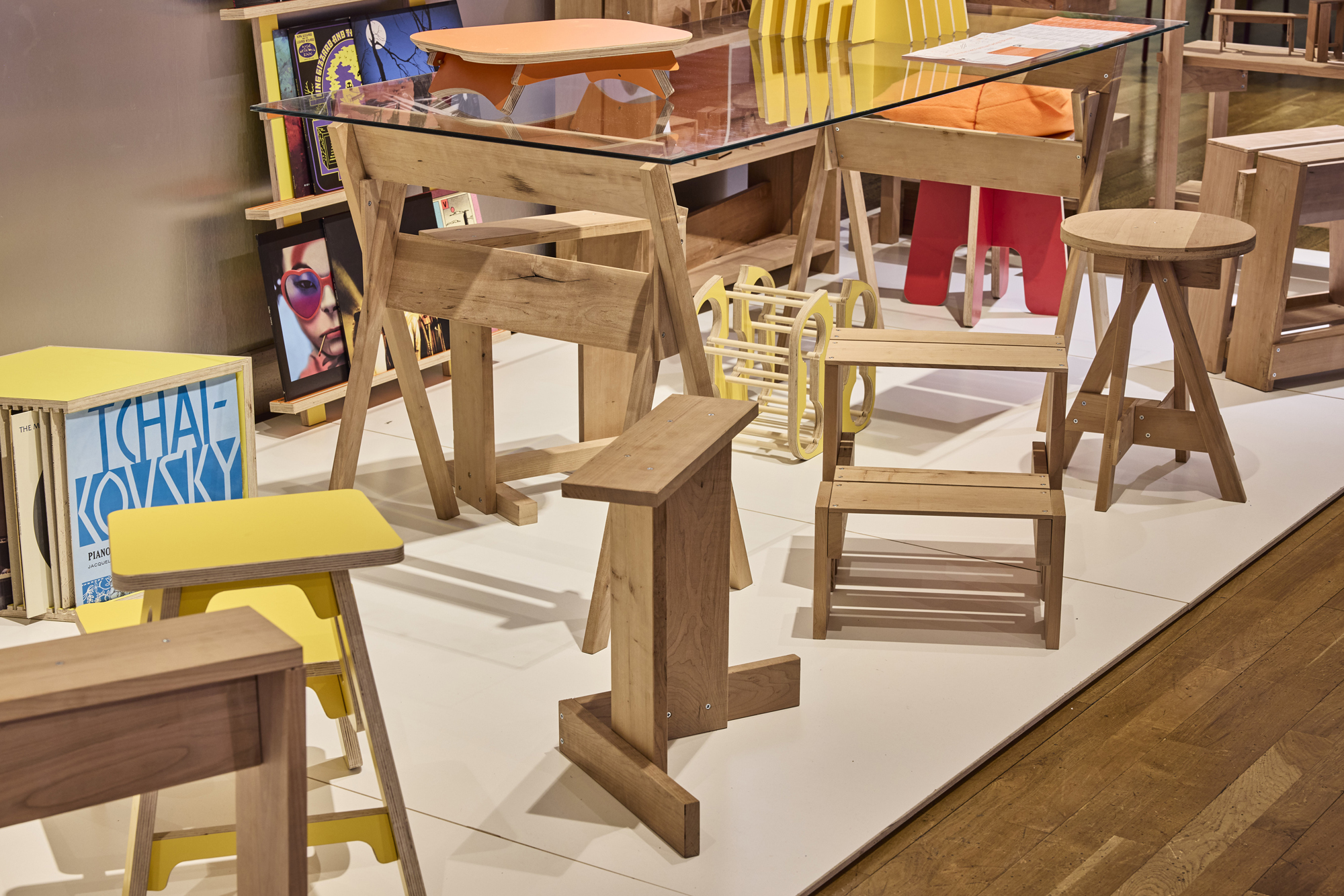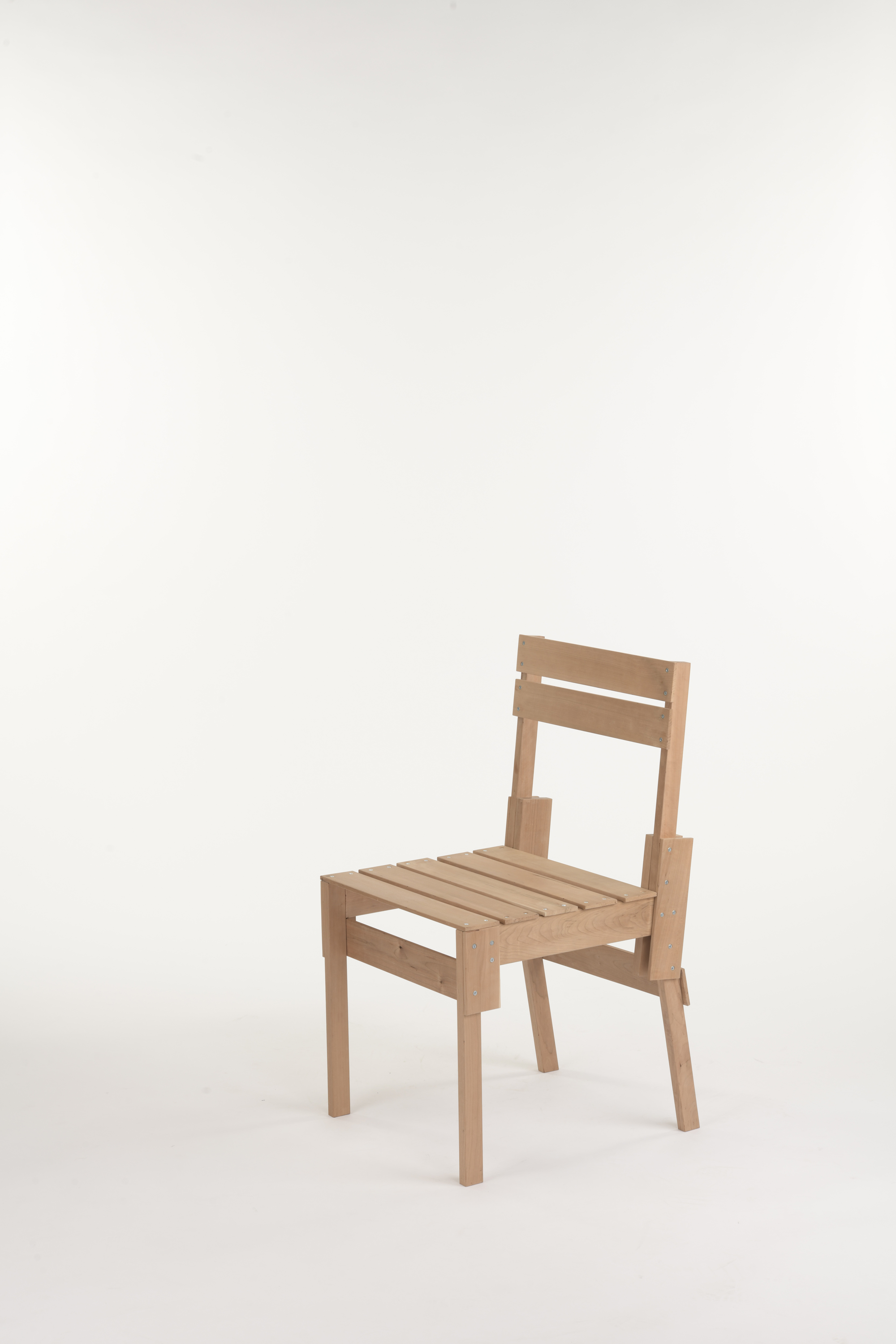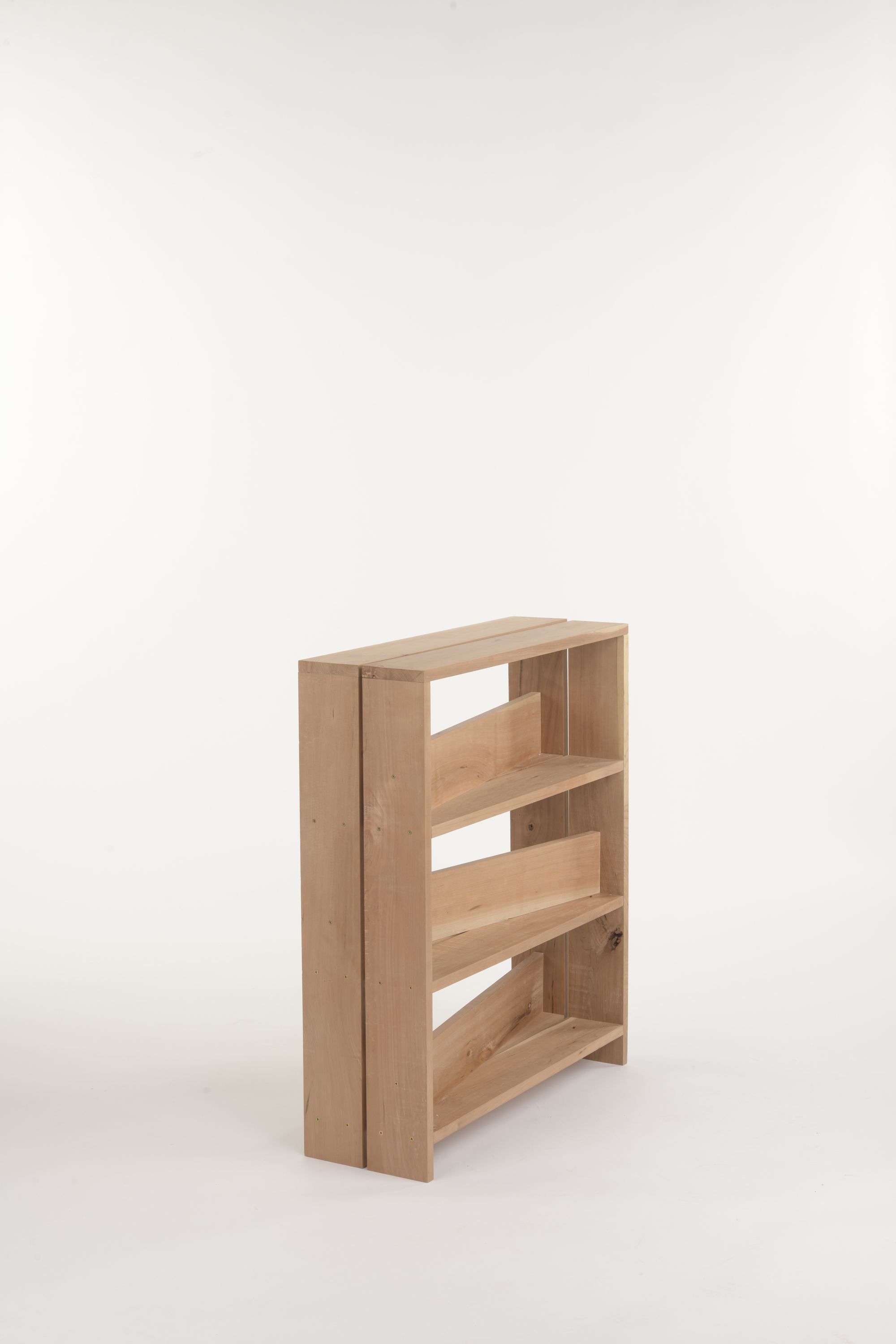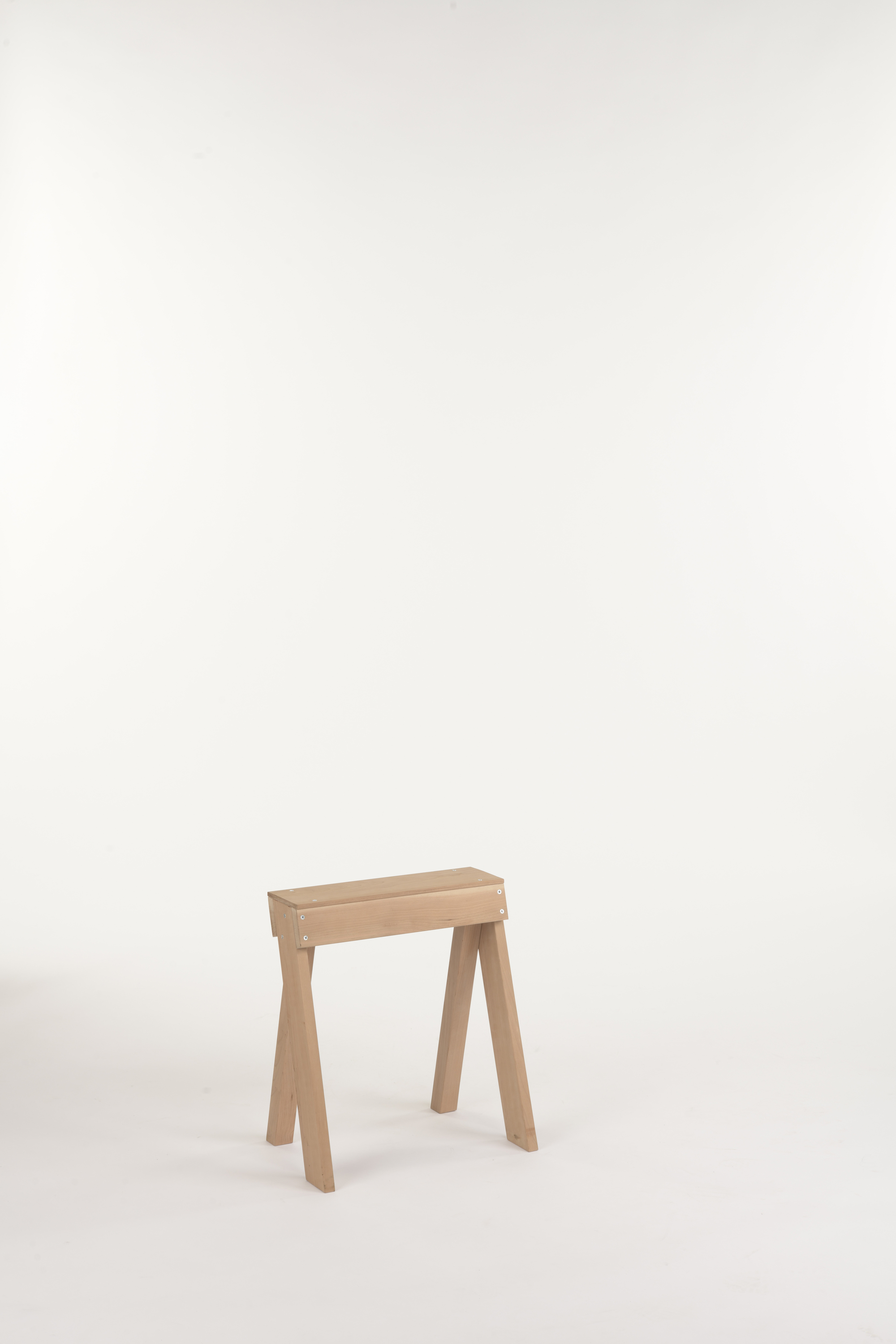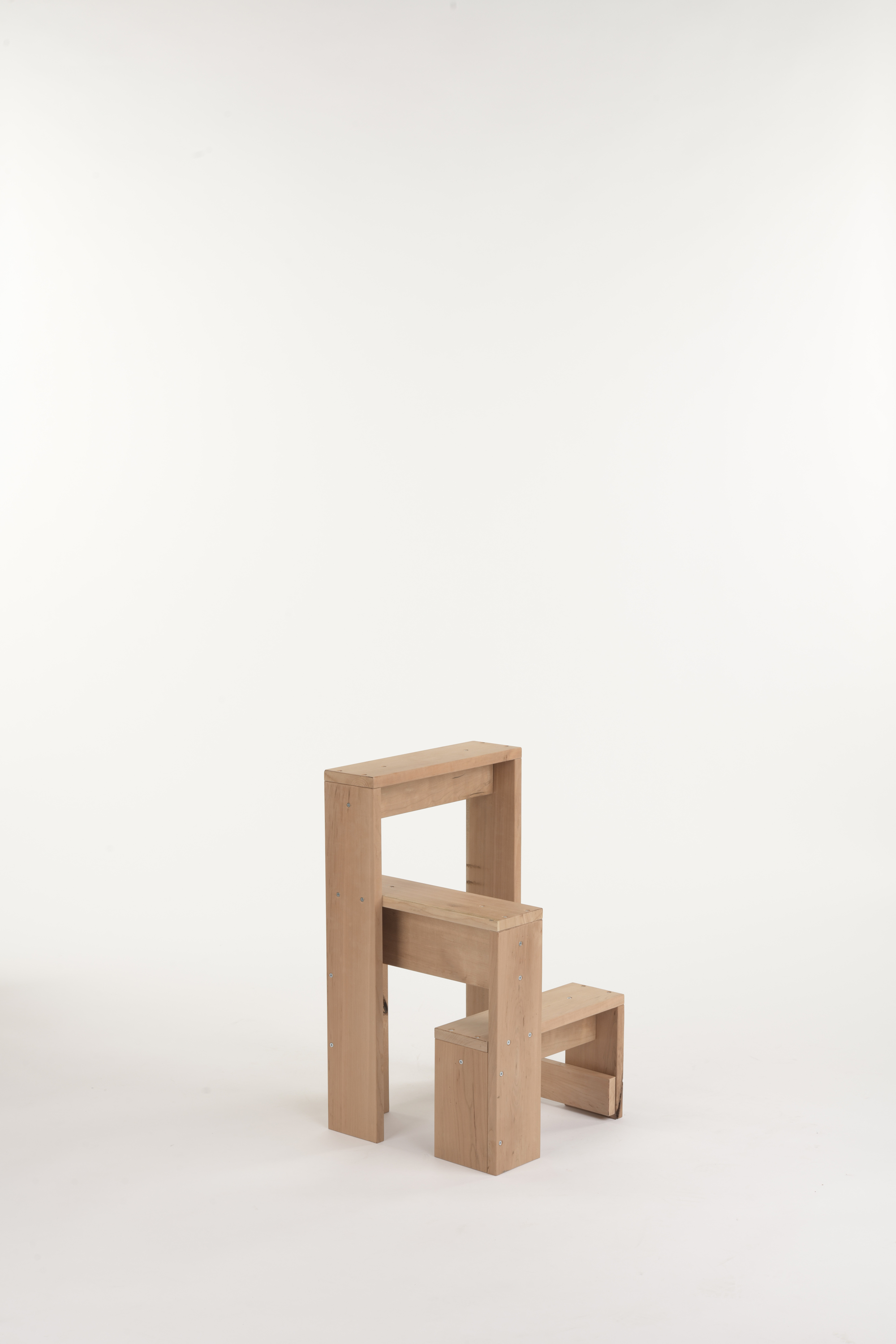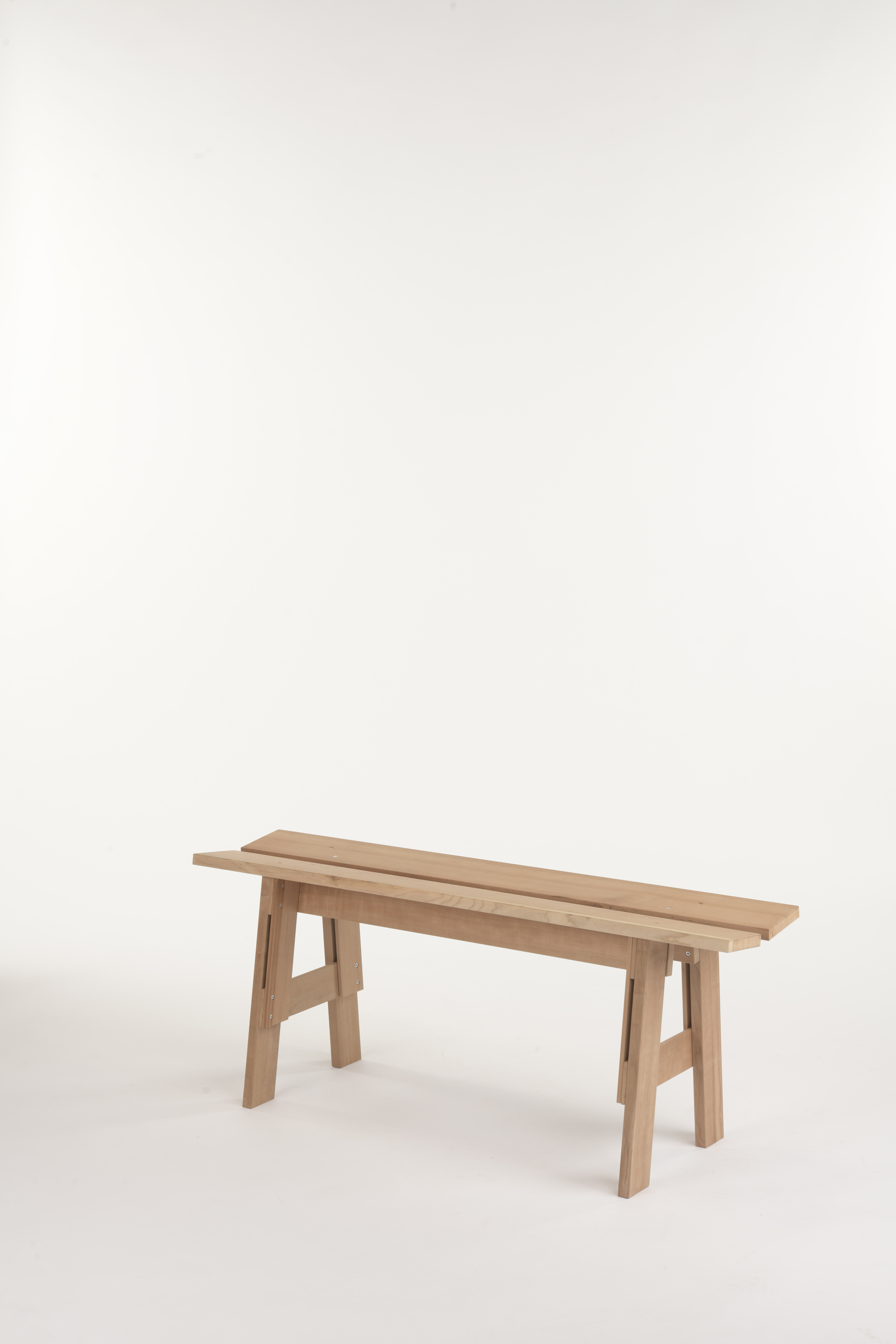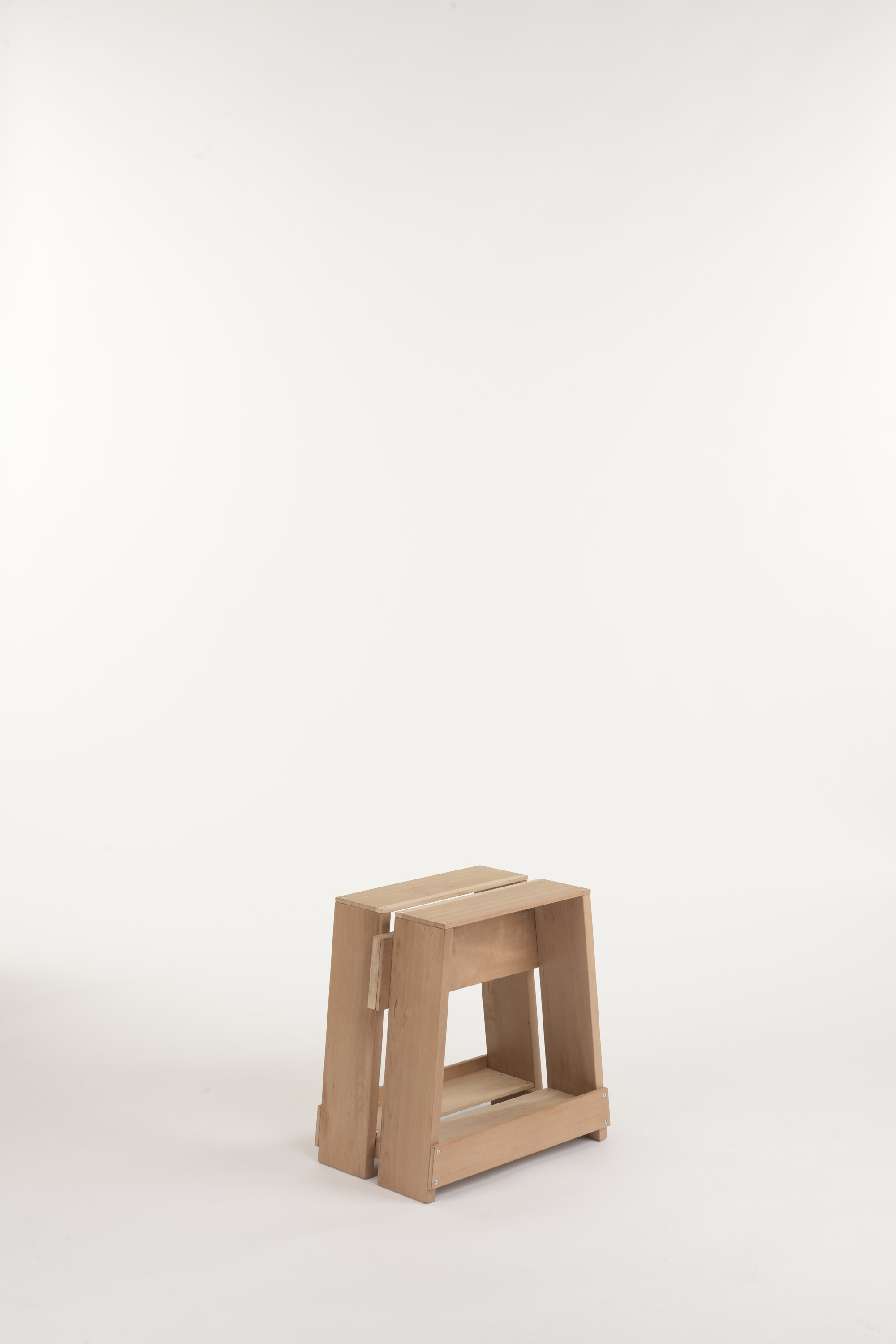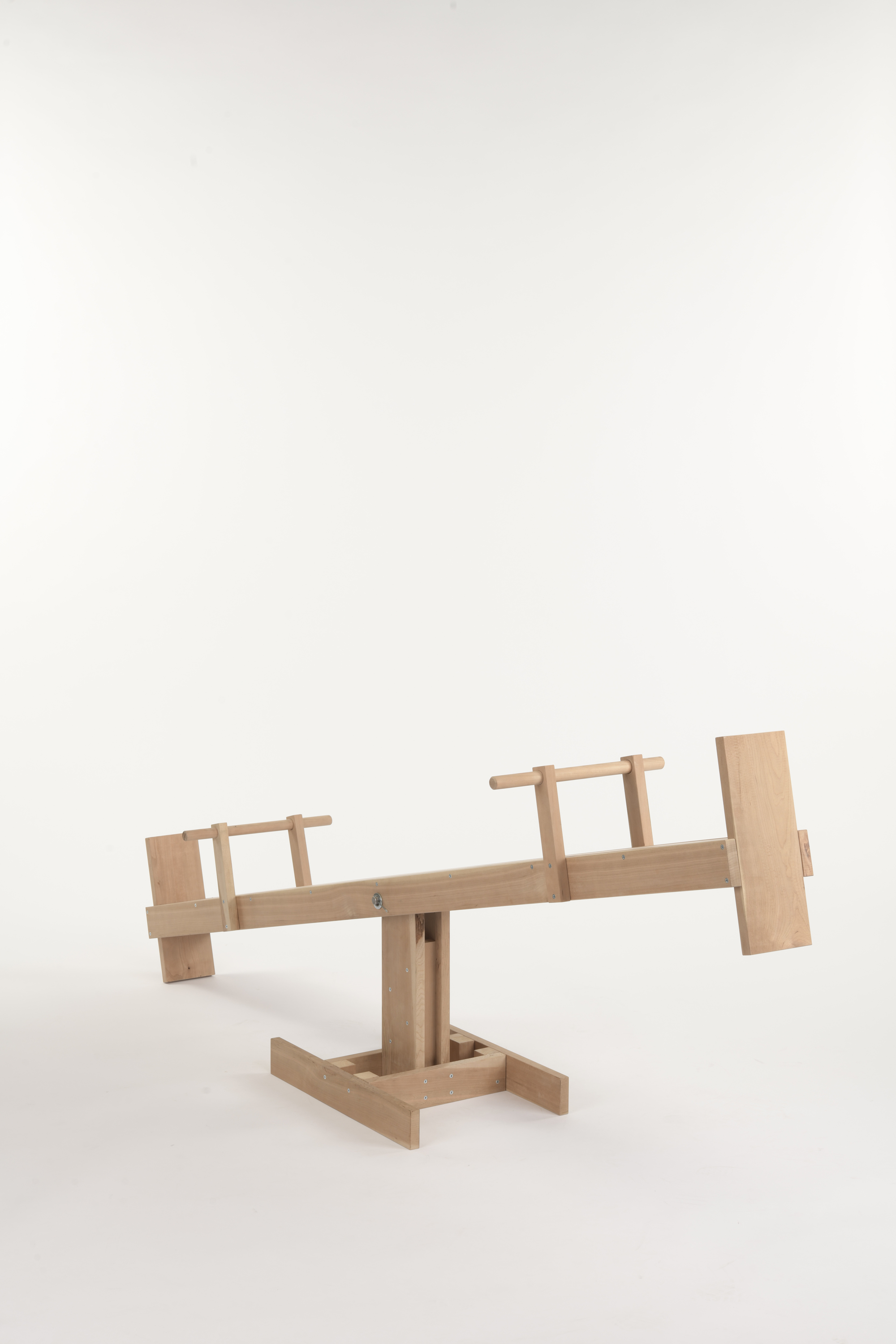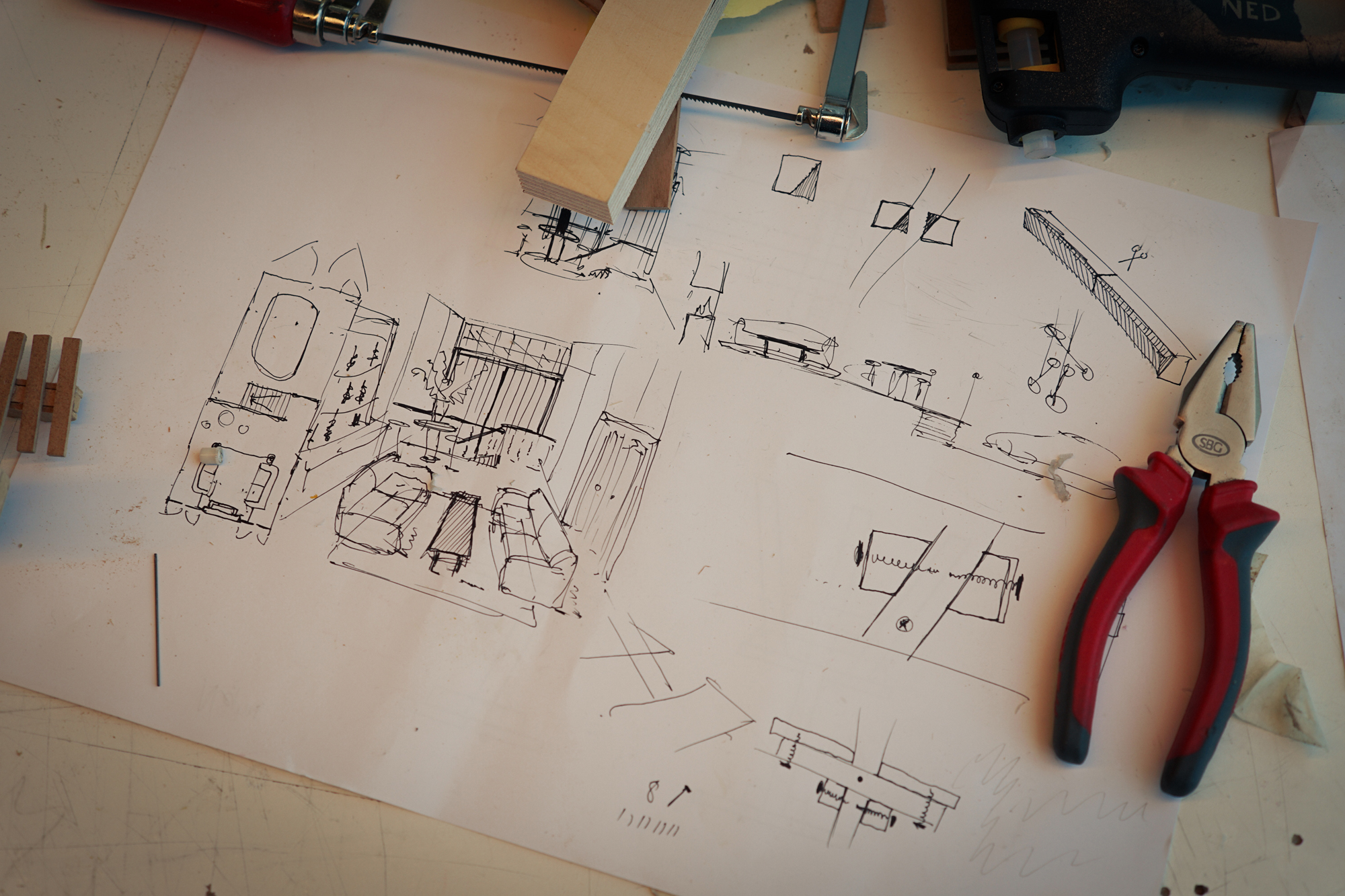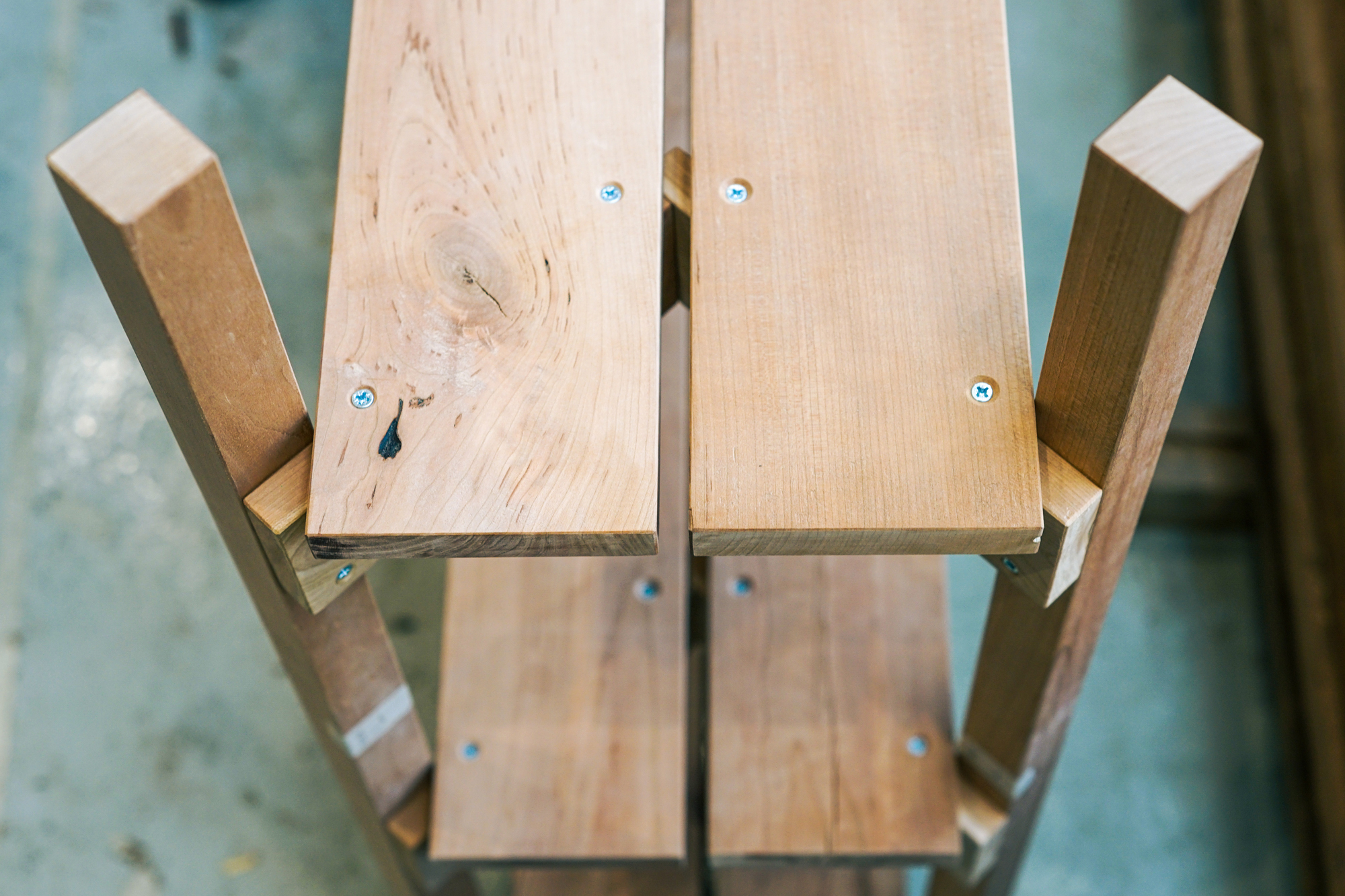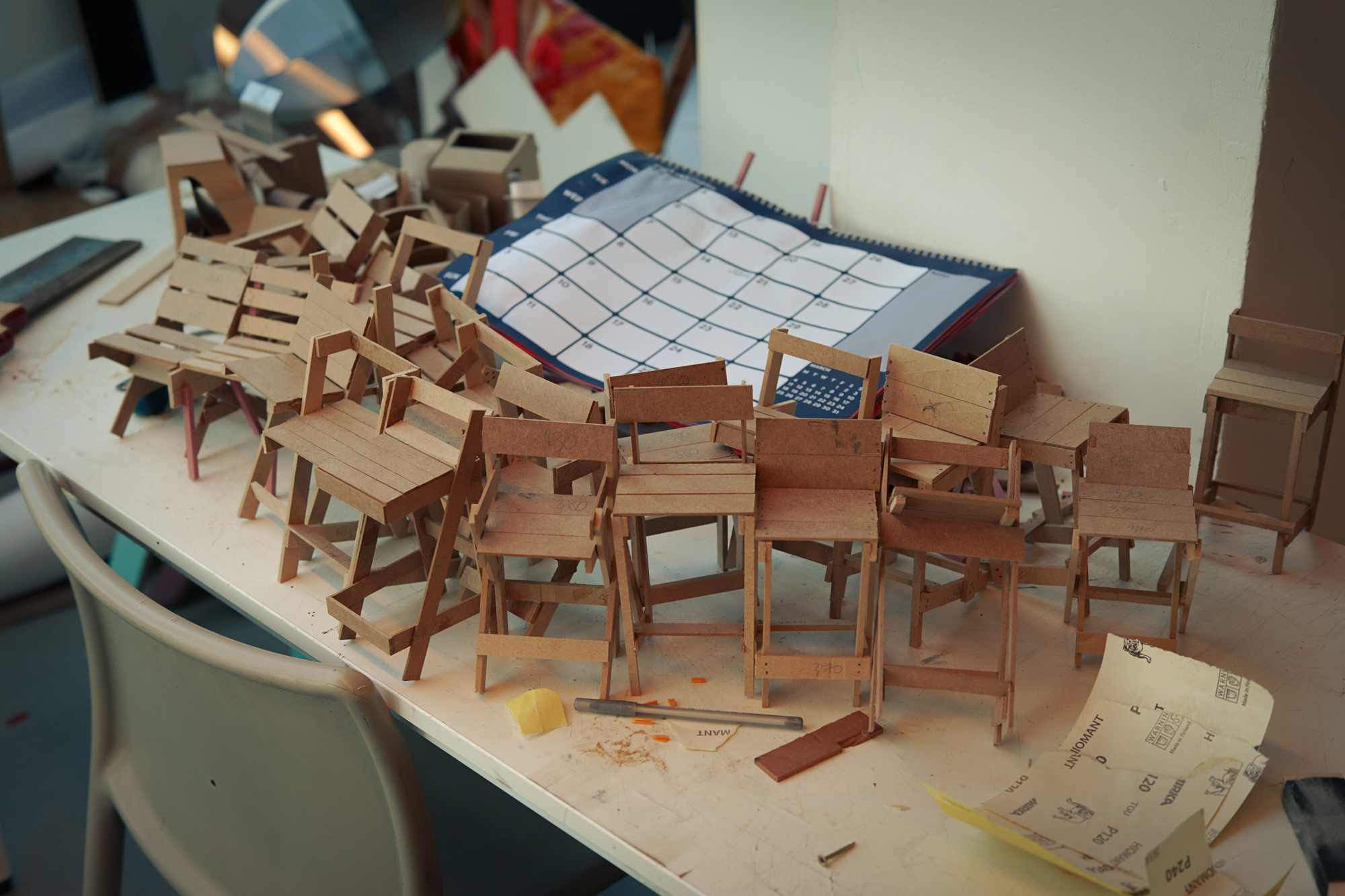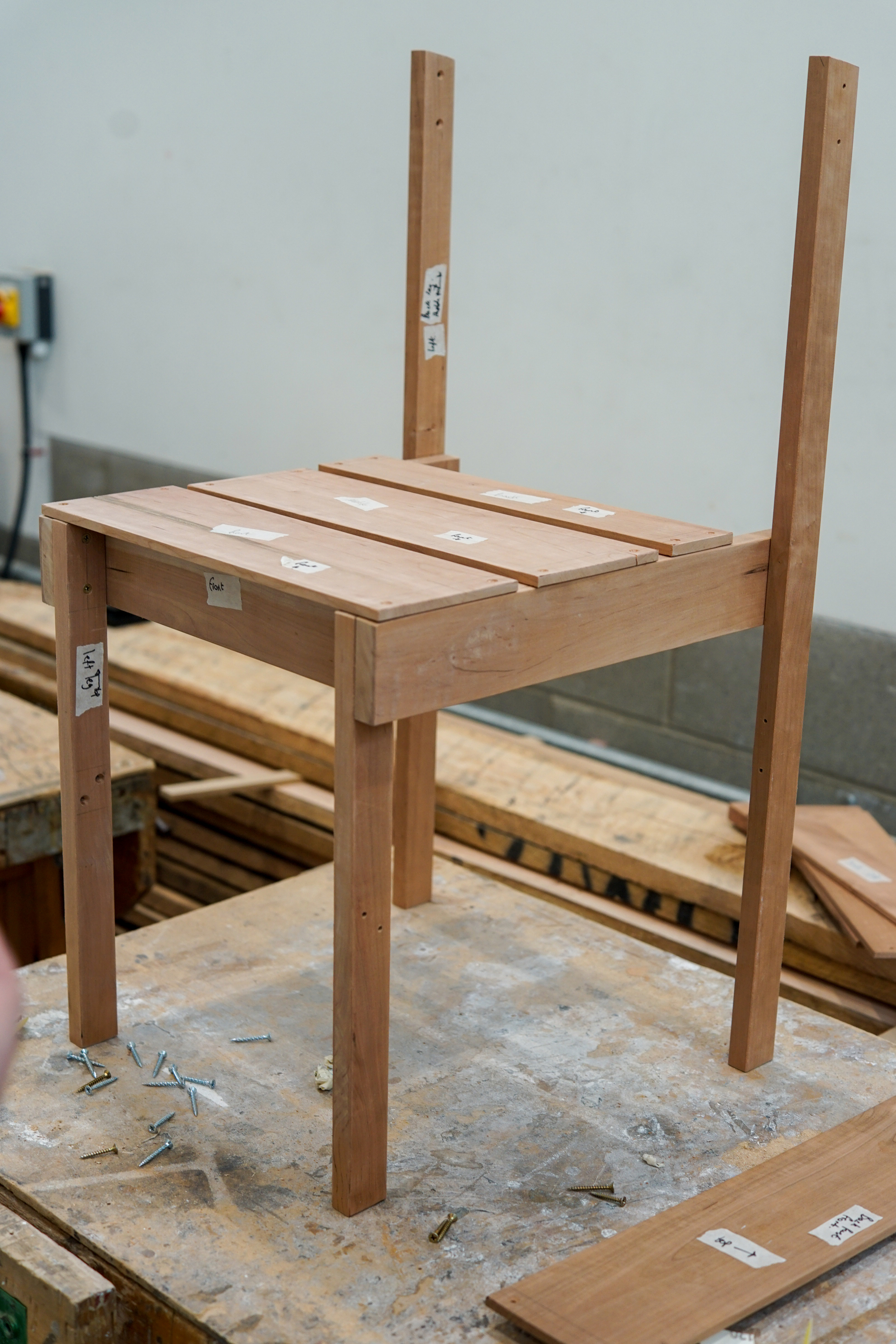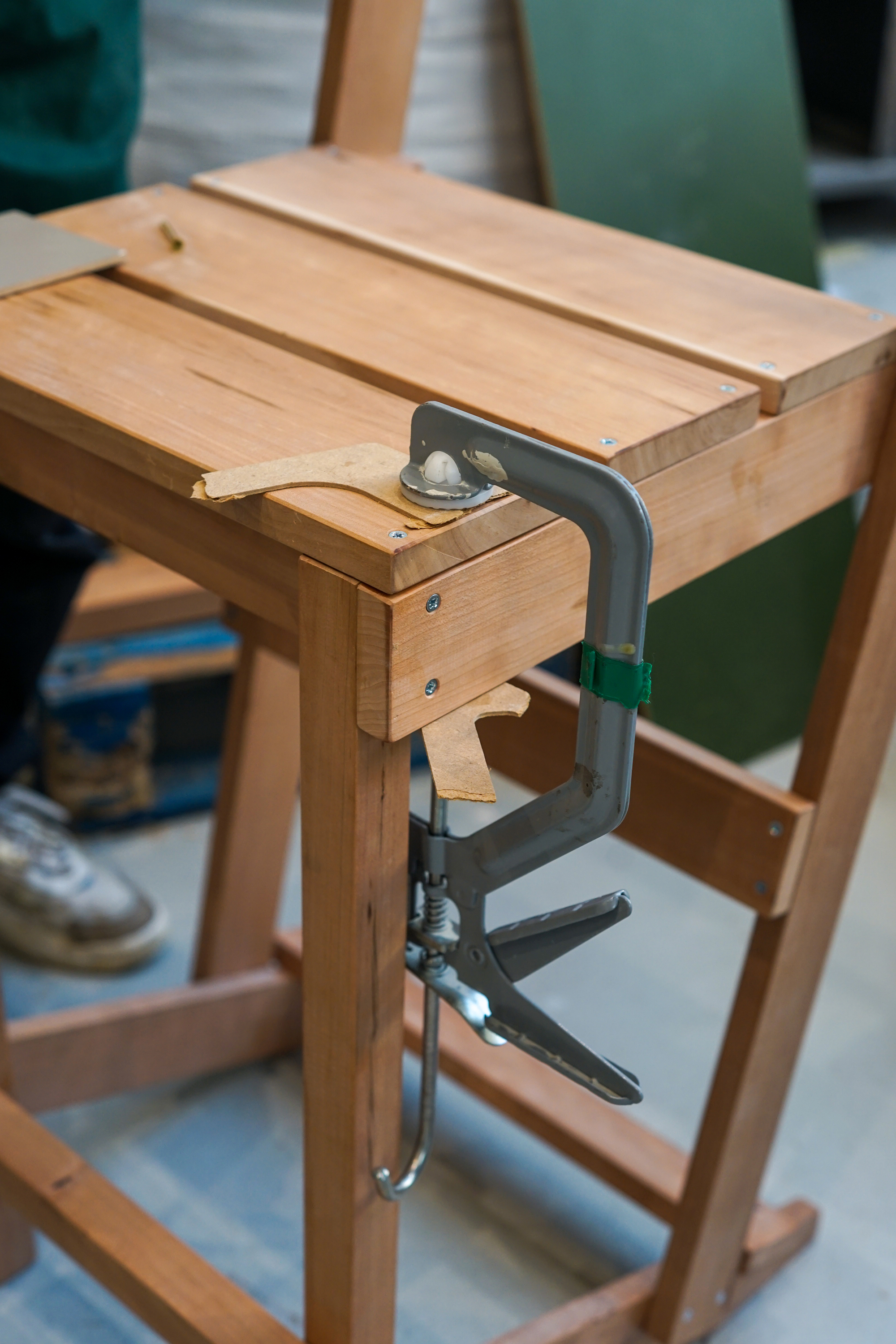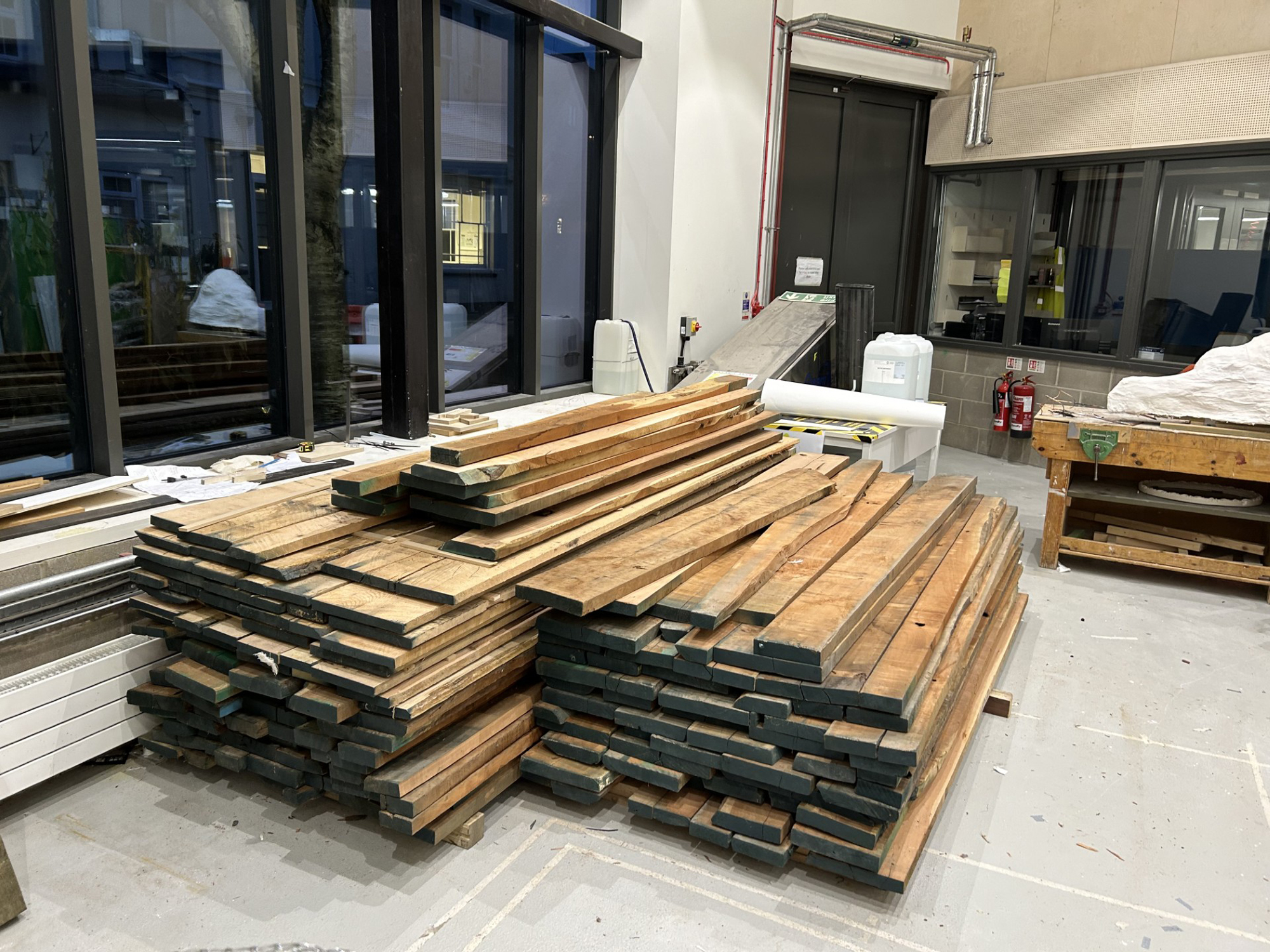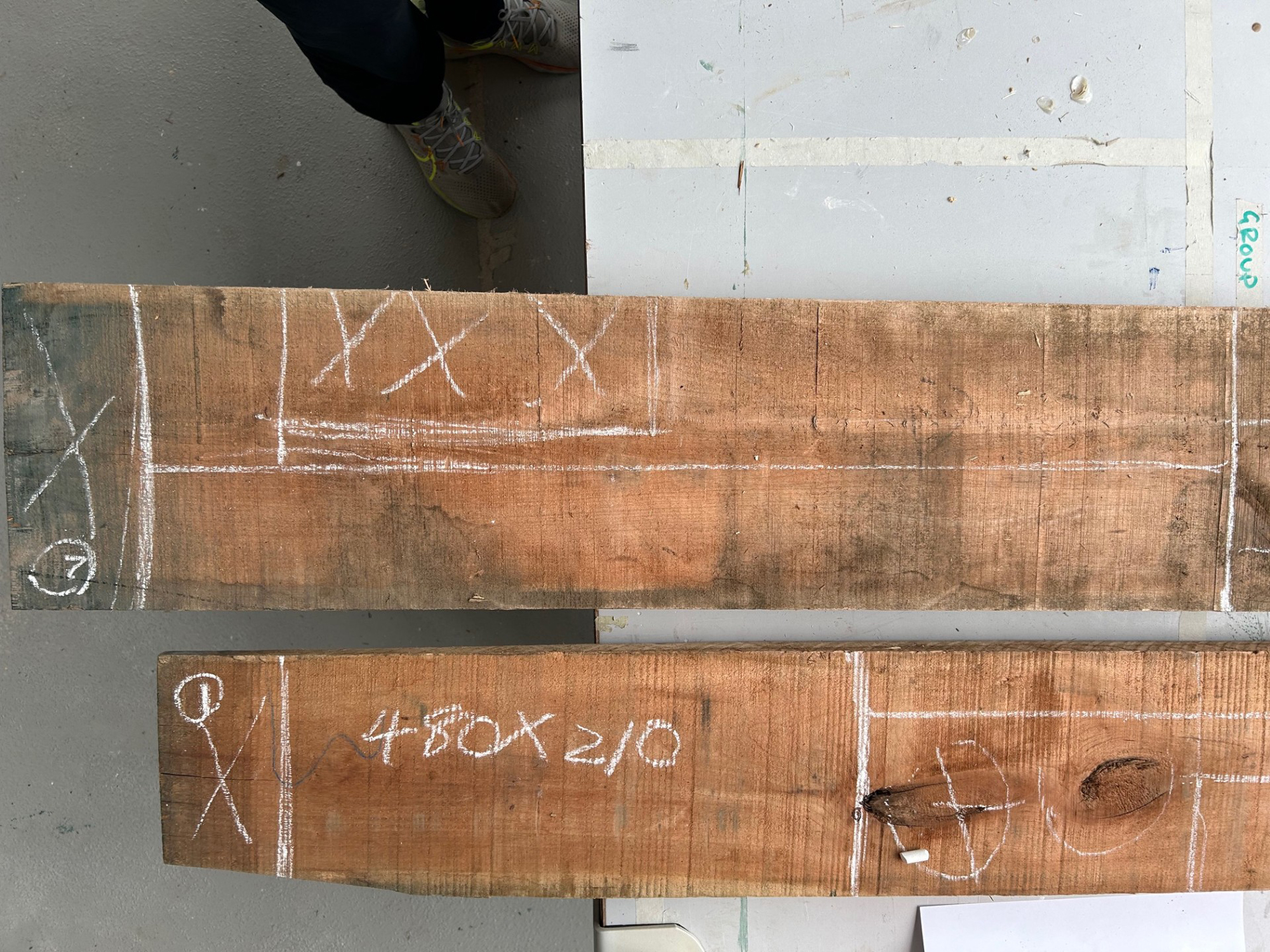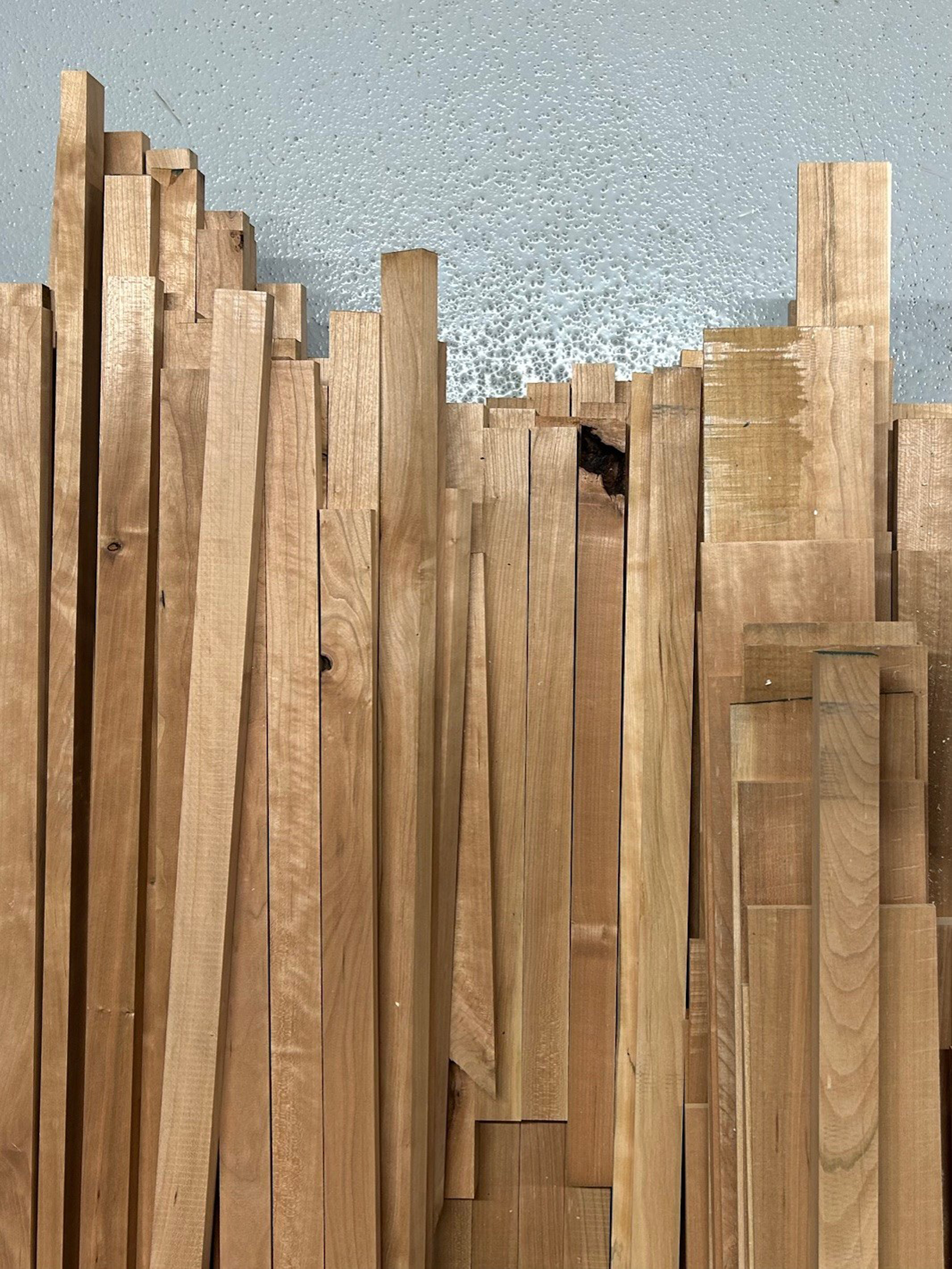Dedicated to championing the sustainable use of timber in design and architecture, the American Hardwood Export Council (AHEC) has a track record not only of collaborating with the leading lights of the creative sector, but also of working with the emerging generation to explore the possibilities of underused woods. For Clerkenwell Design Week on 21–23 May, AHEC has done both.
The first is a major collaboration with one of the UK’s most prestigious design studios – Foster + Partners Industrial Design – and one of its leading craft furniture makers – Benchmark – on the new ILE modular workspace system. The second is a showcase of creative experimentation from the country’s design talent of tomorrow – the students of Kingston University’s Product and Furniture Design course.
Although very different in outcome, both projects demonstrate the potential role that often-overlooked materials might play in ensuring a sustainable future for the industry, and make the case for looking beyond conventional timber varieties when it comes to making beautiful, functional and high-quality design.
As a timber, high-grade – ie knot-free – cherry is widely used by interior designers and architects in high-end joinery and interior architecture. Lower grades provide equally beautiful and sustainable wood and are a great choice for projects that don’t require very long sections, such as kitchen cabinetry, furniture parts, and flooring; however, they are less popular.
To ensure sustainability, it is crucial to use all parts of a harvested tree, not just the premium grades. To promote this approach, Kingston’ students were challenged to create furniture using lower grades of American cherry. By embracing lower grades, the design community can lead the way in sustainable practices, achieving both cost-effectiveness and environmental stewardship.
As part of their ‘Intelligent Making’ module, 50 second-year students of Kingston’s Product & Furniture Design course were presented with offcut low-grade cherry and invited to create new design forms.
“Working directly with materials and exploring processes is critical to our student experience. The physical investigation of materials enables new ideas to emerge. Having a good amount of hardwood to play with has allowed us to explore structure and prototype freely, both at scale and full size. This means every student has had the opportunity to establish their own structural principles and to manufacture their own full-size finished prototypes to a high standard.” – Carl Clerkin, Tutor, Product & Furniture Design, Kingston University
The result is an extraordinary collection of furniture and objects that offer fresh, practical and creative perspectives on an overlooked material. From stools and shelving to benches and even a playground see-saw, the body of work produced showcases both the versatility of cherry and the visionary talent of the emerging design generation.
“The next generation of designers, more than any before them, will need to adapt to a new way of thinking about the materials they use and the environmental impact of the designs they produce. This project has given these students a valuable experience of working with a timber species that is currently out of fashion but has the potential to offer so much to the world of product design. It has also shown that, with imagination, you can make beautiful products from what would be rejected as unsuitable in the commercial world.” – David Venables, European Director, AHEC
